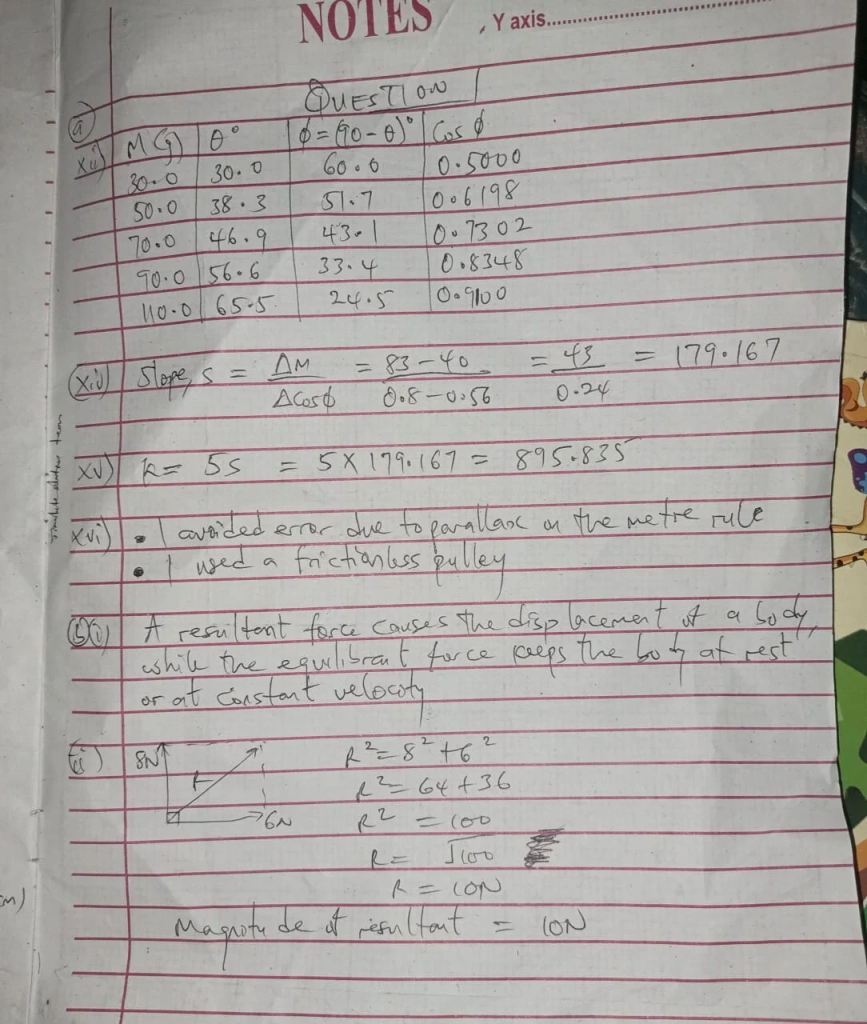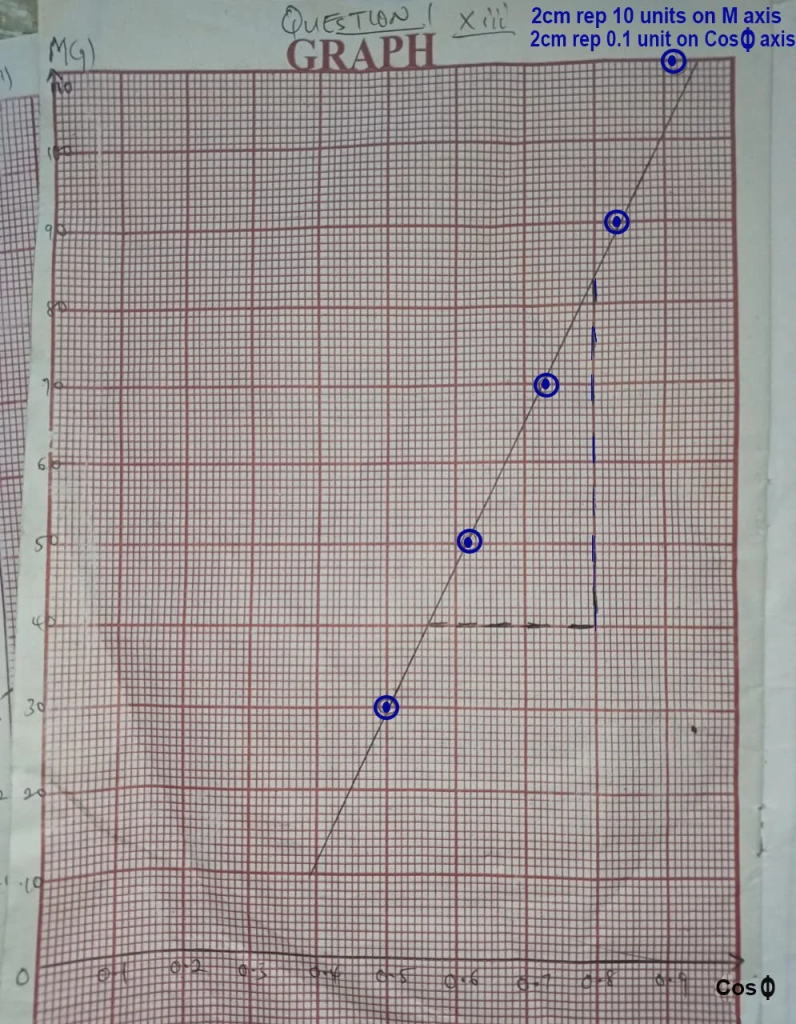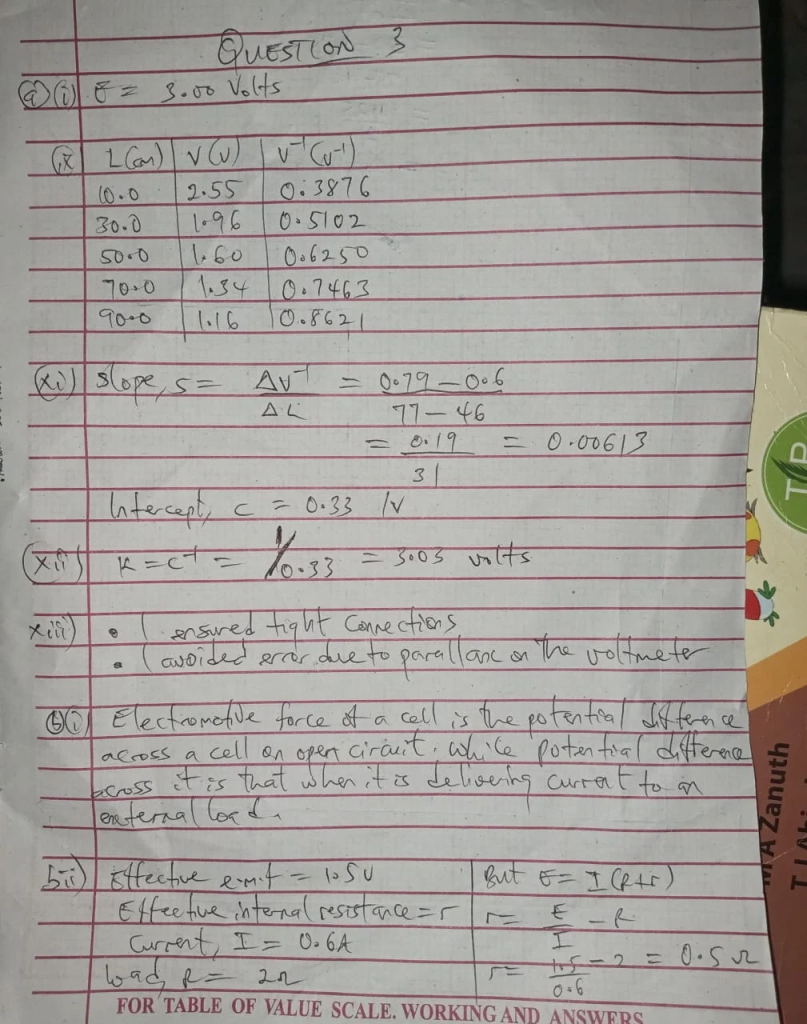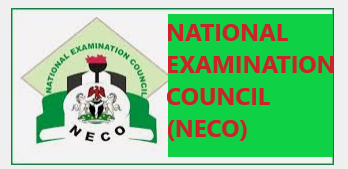Get the latest NECO Practical Physics Questions and Answers for the 2025 examination.
This is to officially inform you the updated NECO Practical Physics Questions and Answers for the 2025 Senior Secondary School Examination are now available online. It is well arranged for the benefits of those candidates who have been working tirelessly to ensure that they come out of the examination with an excellent result. It is worthy of note that this website is one of the best places where you can get all the information you need about the NECO Practical Physics 2025.
Why do you need NECO Practical Physics?
NECO Practical Physics is a helpful tool for every science student who is writing the examination. Even though it is not independent of the theory and objective exams, you should note that the practical carries a greater percentage of the marks allotted for the physics SSCE. Also, it is compulsory that you take the practical, as failure to do that will result in your failing the subject.
As you read this article carefully to the end, you are going to find out more about the NECO Practical Physics 2025.
2025 PHYSICS PRACTICAL SPECIMEN:
QUESTION 1
Retort stand
Pendulum bob
Thread
Stopwatch (stop clock)
Question 2
Rectangular glass prism
Drawing board
Drawing papers
Four optical pins
Four thumb pins
Question 3
Resistance box
Voltmeter (0-3V)
2V accumulator
Plug keys
Connecting wires
NECO Practical Physics Answers 2025
Question 1:


Question 3


NECO Practical Physics Practice Questions and Answers
This section is for practice questions and answers adapted from past years’ NECO Physics Practical .
1(a)
You are provided with two retort stands, two metre rules, pieces of thread and other necessary apparatus. (i) Set up the apparatus as illustrated above ensuring that the strings are permanently 10cm from either end of the rule.
(ii) Measure and record the length L = 80cm of the two strings.
(iii) Hold the ends of the rule and displaces the rule slightly, then release so that it oscillates about a vertical axis through its centre.
(iv) Determine and record the time t for 10 complete oscillations. (v) Determine the period T of oscillations.
(vi) Evaluate log T and log L. (vii) Repeat the procedure for four other values of L = 70cm, 60cm, 50cm, and 40cm.
(viii) Tabulate your readings.
(ix) Plot a graph with log T on the vertical axis and log L on the horizontal axis.
(x) Determine the slope, s and the intercept, e on the vertical axis, of the graph.
(xi) State two precautions taken to ensure accurate results.
(b)(i) Define simple harmonic motion
(ii) Determine the value of L corresponding to t = 12s from the graph in 1 (a).
2(a) You are provided with a beaker, a thermometer, a stirrer, stop watch/clock, measuring cylinder, table salt, water and other necessary materials.
(i). Measure 200cm3 of water into the beaker.
(ii). Heat the water until it boils steadily for about 2 minutes
(iii). Read and record the boiling point bo.
(iv). Add table salt of mass M = 10.0g to the boiling water and stir continuously until another boiling point bi is attained.
(v). Read and Record bi.
(vi). Evaluate θi = (bi – bo )
(vii) Using the same mixture, repeat the procedure four more times by adding 10.0g of salt each times to give the cumulative mass Mi of salt as 20g. 30g. 40g. and 50g.
(viii) in each case, allow the mixture to boil steadily for at least 2 minutes then read and record the boiling point bi.
(ix). Tabulate your readings
(x). Plot a graph with Mion the vertical axis and θi on the horizontal axis.
(xi). Determine the slope, s, of the graph.
(xii). State two precautions taken to ensure accurate results.
(xiii). Define the boiling points of a liquid
(xiv). What effect do impurities have on the boiling point of a liquid?
3(a) You are provided with cells, a potentionmeter, an ammeter, a voltmeter, a bulb, a key, a jockey and other necessary materials.
(i) Measure and record the e.m.f. E of the battery
(ii) Set up a circuit as shown in the diagram above.
(iii) Close the key K and use the jockey to make a firm contact at J on the potentiometer wire such that PJ = x = 10cm.
(iv) Take and record the voltmeter reading V and the corresponding ammeter reading I.
(v) Evaluate the log V and log I.
(vi) Repeat the procedure for five values of x = 20cm, 30cm, 40cm, 50cm, and 60cm,
(vii) Tabulate your readings,
(viii) Plot a graph with log I on the vertical axis, and log V on the horizontal axis.
(ix) Determine the slope s, of the graph.
(x) Determine the intercept c, on the vertical axis.
(xi) State two precautions taken to ensure accurate results.
(b)(i) How is the brightness of the bulb affected as x increases? Give a reason for your answer.
(ii) List two electrical devices whose actions do not obey Ohm’s law.
PHYSICS PRACTICAL ANSWERS
1(a)(iii) Table of reading
| S/N | L(cm) | L(m) | T1(s) | T2(s) | t(mean) | T = t/n | Log T | Log L |
| 1 | 80 | 0.8 | 11.1 | 11.2 | 11.15 | 1.12 | 0.05 | -0.10 |
| 2 | 70 | 0.7 | 10.5 | 10.5 | 10.50 | 1.05 | 0.02 | -0.15 |
| 3 | 60 | 0.6 | 9.8 | 9.7 | 9.75 | 0.98 | -0.01 | -0.22 |
| 4 | 50 | 0.5 | 8.7 | 8.7 | 8.70 | 0.87 | -0.06 | -0.30 |
| 5 | 40 | 0.4 | 7.7 | 7.7 | 7.70 | 0.77 | -0.11 | -0.40 |
(x)
Slope = ΔlogT/ΔlogL = LogT2 – LogT1/LogL2 – LogL1 = 0.098-(0.10)/0.00 – (-0.38)
= 0.098 + 0.10/0.00 + 0.38 = 0.198/0.38 = 0.52
The intercept, C on the vertical axis = 0.99
(I) I ensured strings were tight
(II) I avoided parallax error on metre rule
(III) I ensured smooth and regular oscillation in a horizontal plane.
(b)(i) Simple harmonic motion is the motion of a body whose acceleration is always directed towards, a fixed point and is directly proportional to the displacement from the fixed point.
(ii) T = t/n = 12/10 = 1.2s
;log 1.2 = 0.079
The value of LogL = 0.035 = 0.04
L = 1.1
GRAPH
- Table of reading
bo = 98oC
| S/N | m(g) | bi(oC) | θi = (bi-bo) |
| 1 | 10 | 100 | 2.0 |
| 2 | 20 | 102 | 4.0 |
| 3 | 30 | 104 | 6.0 |
| 4 | 40 | 106 | 8.0 |
| 5 | 50 | 108 | 10.0 |
(xi) Slope = Δmi/Δθi = mi2 – mi1/θ2 – θ1 = 50-5/10-1.0 = 45/9 = 5
(I) I ensured that the water was stirred gently
(II) I avoided parallax error on the thermometer and stopwatch; (III) I avoided zero error on stopwatch.
(b) (i) This is the temperature of a liquid at which is saturated vapour pressure equals the external atmospheric pressure.
(ii) impurities raise the boiling point of a liquid.
GRAPH
- Table of reading
| S/N | I(cm) | I(A) | V(v) | Log1 | LogV |
| 1 | 10.0 | 0.06 | 0.20 | -1.22 | -0.70 |
| 2 | 20.0 | 0.12 | 0.35 | -0.92 | -0.50 |
| 3 | 30.0 | 0.15 | 0.45 | -0.82 | -0.35 |
| 4 | 40.0 | 0.18 | 0.50 | -0.75 | -0.30 |
| 5 | 50.0 | 0.24 | 0.65 | -0.62 | -0.19 |
| 6 | 60.0 | 0.27 | 0.80 | -0.57 | -0.09 |
(ix)
Slope = ΔlogI/ΔlogV = logI2 – logI1/logV2 – logV1 = -0.28 – (-1.22)/0.1 – (-0.7)
= -0.28 + 1.22/0.1 + 0.7 = 0.94/0.8 = 1.175
(x) the intercept on the vertical axis = -04
(xi) (I) I opened tight terminals;
(II) I opened key when reading was not taken
(b)(i) Brightness of the bulb increases
Reason: Voltage across and current through the bulb increases
(ii) (a) Diode; (b) Transistor; (c) Filament bulb (d) Capacitor
GRAPH
See also:
NECO Civic Education Questions and Answers for 2025 | Essay and Objectives
NECO Biology Questions and Answers for 2025 | Essay and Objectives
NECO Government Questions and Answers for 2025 | Essay and Objectives
NECO Biology Practical Specimen, Questions And Answers 2025 | Complete Specimen And Solutions
NECO Home Management Questions And Answers 2025 | Essay And Objectives
NECO Mathematics Questions And Answers For 2025 | Theories And Objectives
NECO Agric Questions And Answers 2025 | Essay And Objectives
NECO Marketing Questions And Answers 2025 | Theories & Objectives
Everything you have read in this article is all you are expected to know about NECO Physics Practical Questions and Answers 2025. Kindly make use of the comment section in case of any other enquiries.

With due respect sir , are you sure your questions are correct for this year 2025 Neco